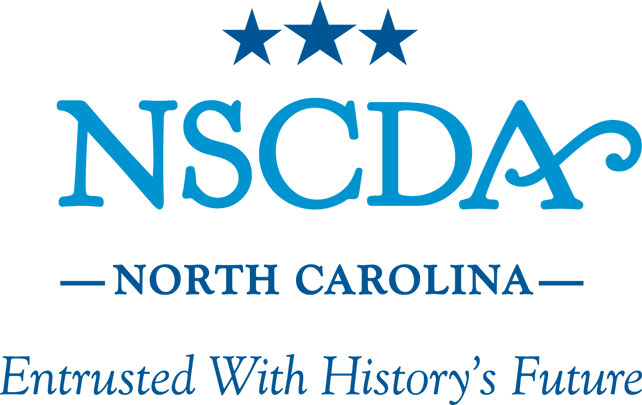2020 Florence Kidder Memorial Scholarship - Fourth Place Essay by Lan TruongSpring. Summer. Fall. Winter. My leaves sprout and fall, then sprout and fall, the cycle repeating for what seems like an eternity. With each passing year, my loneliness grows. Before my life became monotonous, this site was filled with people scrambling from one place to another along a network of trails known as the Underground Railroad. Standing in the same spot for the past several centuries, I often wonder how long I will continue to watch over this sacred place. In this area, previously called New Garden, lived white Quakers who used it as a meeting point for the Underground Railroad in the 19th century, led by Quaker abolitionist Levi Coffin. He often came to these woods with other local Quakers to assist enslaved Africans in their flight to freedom. His supportive attitude towards emancipation started when he was very young. I sometimes recall his seven-year-old self speaking to slaves and discovering the reason for their unhappiness: “‘They have taken us away from our wives and children, and they chain us lest we should make our escape and go back to them’” (Coffin, 13). His conversation with the slaves that sparked sympathy, combined with his hatred for oppression and injustice, strongly influenced his goals and actions for the rest of his life (Coffin, 13). Since then, he dedicated his efforts towards the abolition of slavery. As a witness to the Underground Railroad activities, I silently watched the slaves’ desperate attempts to escape oppression, to escape enslavement, to escape the shackles that stole their freedom. Occasionally, I would hear them share stories of the harsh treatment by their masters. They appeared to be discriminated based on their skin color, though I have never really understood why. The Quakers committed themselves to arguing for the emancipation of slaves. However, as time passed without any legal reforms, Levi decided to directly help slaves escape to Indiana from 1819 to 1826 (“Underground Railroad”). Levi usually traveled via secret roads at night, carrying fugitives to hiding places from which others guided them to safety. The slaves often followed the North star as a guide on clear nights (Hoskins). Otherwise, nails placed in numerous trees and fences marked the routes. Nails in the right side of a tree indicated the correct route on the right; the same goes for the left. If there were fences instead of trees, the nail was driven on the inside of the fence, its placement indicating the correct direction to move. And in places lacking trees or fences, stones were set in a way that they would only be seen at night (“Underground Railroad”). During the day, the slaves often hid in the properties of anti-slavery supporters. These “stops” along the way were known as the Underground Railroad stations because they resembled the stops that trains made between destinations (“Levi Coffin”). In 1826, Levi moved to Indiana to help other fugitives on that end of the “railroad.” Despite his relocation, the railroad on this end continued to operate normally. Sometimes, Quaker conductors utilized wagons with false bottoms, which concealed the slaves beneath a pile of cargo. This covert operation continued until 1852 (“Underground Railroad”). Today, almost two centuries later, people refer to me as the Underground Railroad Tree. Although I am but a mere tulip poplar tree that has survived over many centuries, I earned this name because I mark the spot where thousands of slaves once began their long journey to freedom. A Quaker institution in New Garden, the New Garden Boarding School, was officially renamed to Guilford College, which looks beyond its Quaker roots to welcome students from diverse nations, faiths, and backgrounds (“Underground Railroad”). Since the end of the Underground Railroad operation, the number of people gathering in these woods reduced to nothing, with the exception of an occasional tour by the college. Although I miss the days when this place was full of life, this peaceful age without fear of oppression and enslavement does not seem so unpleasant, either. This site reminds visitors of the notable efforts towards not only the destruction of racial barriers in this country but also the end to oppression and assurance of human rights for all. Works Cited |
